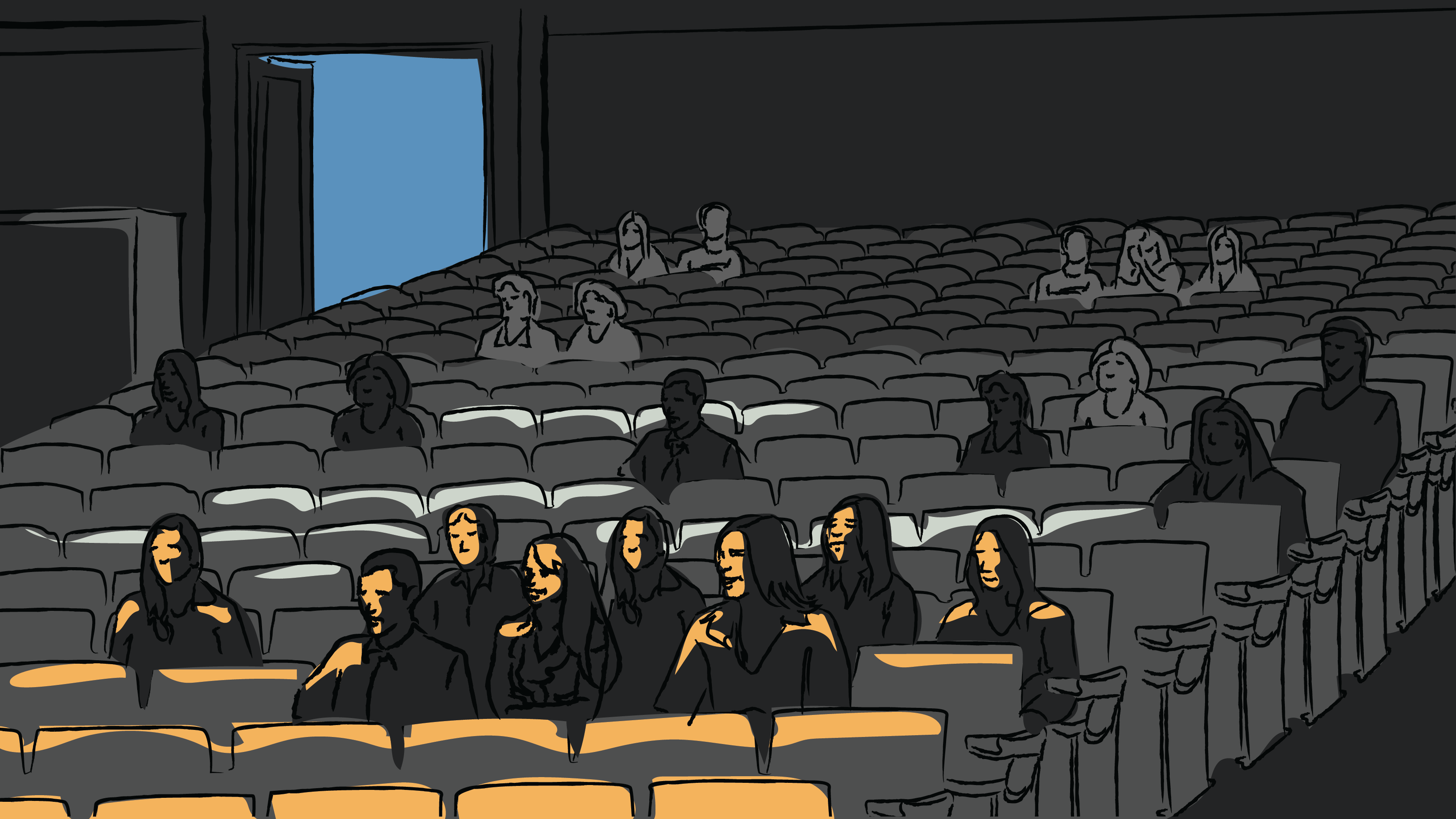Total run time:
2h 22m
A deep dive into the history and function of the administrative state - and exploration of questions over the scope of power that agencies frequently exercise.
On the surface, administrative law looks apolitical (bipartisan support, use of regulations to create law by both parties, unelected agency staff, etc.). But in practice, whether we have more or less government is itself a complex political and philosophical debate. The experts in this course not only offer answers but also ask the viewer to ponder new questions.
Total run time:
2h 22m
Course:
Administrative Law
Total videos:
45
Difficulty:
First Year
Were agencies anticipated in the Constitution? Where do they fit into the structure of the 3 branches of government? This unit provides a brief overview of administrative law, the various types of agencies, and the growth of the modern administrative state.
The nature and scope of administrative rulemaking is a topic for ongoing debate. One of the main functions of administrative agencies is to create regulations. Over the past several decades, the volume of the Code of Federal Regulations far surpasses the laws passed by Congress. How are these agencies accountable to the American public? What are tradeoffs for relying on agency expertise instead of Congressional legislating? This series discusses how agency rulemaking works in practice: the scope of agencies' authority to write regulations, core processes of agency rulemaking (notice and comment rulemaking), the review and scrutiny that rules are subject to, and how agency rulemaking fits in with the democratic process.
How does "who the President is" affect administrative agencies? Executive branch agencies (such as the Department of Agriculture, Department of Education, Department of Energy, and many others) fall under the direct control of the President. The President chooses agency heads, who in turn work with the career staff in their agencies to implement policies in line with the President's policy goals. The agencies, like the President, exercise executive power in the creation and promulgation of national policies. In effect, the President delegates power to agencies, and the agencies' connection to the President gives them some degree of democratic accountability. How does the Office of Internal and Regulatory Affairs (OIRA) oversee these agencies for the Executive branch? Does OIRA serve both the President and the public? What agencies are not reviewable by OIRA and why?
Who makes laws? Congress has power from Article I to create laws, yet the vast majority of laws today come from administrative agencies, who promulgate administrative rules with the force of law. Does administrative law undermine the enumerated powers in the Constitution? How does Congress oversee agencies? Do they exercise meaningful checks on agency power? Can or should Congress better control agencies?
When and how do Courts defer to an agency's interpretation of its own statute? A 1984 landmark case, Chevron U.S.A., Inc. v. Natural Resources Defense Council, Inc., established what is known as Chevron doctrine, which says that a court must defer to an agency's reasonable interpretation of its own statute. This standard has been used ever since by courts in administrative law cases. Recently, the Chevron doctrine has come into questions not only by academics but by the Supreme Court and other judges. What additional forms of deference do judges use (Auer, Skidmore, etc)? What does the Administrative Procedure Act say about whether courts should defer to agencies? What is the relationship between administrative agencies and Article III judges? Are administrative law judges (ALJs) constitutional?





